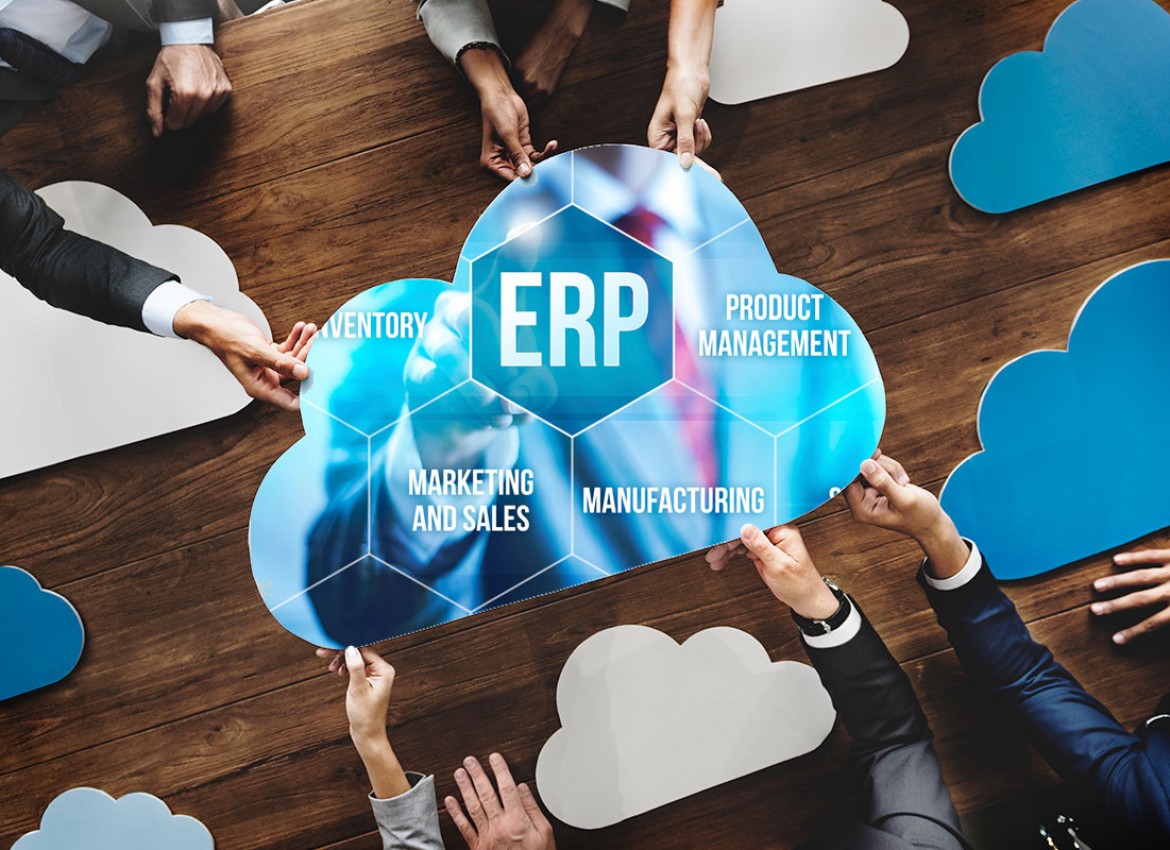Organizations must gain capacity to adapt to new technologies in order to stay ahead of competition. It is therefore not surprising that Nigel Ryner has advised application leaders and CIOs of institutions that deal in financial services to find ways to replace legacy core ERP systems with cloud ERP. This is because the legacy ERP systems are rapidly losing support of old mainframe platforms as the technology is destined to be obsolete.

Highlights of cloud ERP adoption survey
The survey was executed by Gartner and highlights Adoption of Cloud ERP- 2013 through 2023 and covered organizations with turnover ranging between $10 Million and $ 10 Billion. The study made some significant observations as follows.
It was revealed that 47 percent of the organizations have concrete plans for having core ERP on cloud. This group also consists of 2 percent organizations that already have their core ERP on the cloud. The major factor that drives these organizations to consider cloud ERP as replacement of on-premise ERP is that their ERP needs revolve around management of financials, procure to pay, and human resources rather than manufacturing.
The second segment of survey covered majority of organizations from manufacturing sector. These accounted for 30 percent of the total organizations surveyed. This segment opined that they have plans to continue with on premise ERP systems for a predictable period in future.
Reasons for faster cloud ERP adoption
It is observed that two tier ERP is the most significant factor in the adoption of cloud ERP systems in the organizations that belong to manufacturing sector. One needs to understand how these organizations are planning to embrace cloud ERP systems in two tier ERP strategies. This can provide radically different responses than those mentioned in the second segment of survey discussed earlier.
Two tier ERP provide seamless integration of two ERP systems by combining a Tier 1 system that is usually a legacy application having an on-premise deployment with other Tier at subsidiary level. This model is ideally suitable for manufacturing organizations. It is possible to extend legacy ERP systems into new markets by adopting this approach.
Cloud based ERP systems enable organizations to dynamically respond to tighter project schedules that are governed by stringent budgets and highly aggressive launch schedules with reduced cost of quality. The current year is highlighted by major transition in supply chain with major upheaval noticed in defense and aerospace. These industries can certainly benefit by adopting cloud ERP.
Need to move away from traditional ERP
Most of the legacy ERP systems fall short of supporting 21st century compliance requirements and severely lack scalability. These legacy ERP systems are devoid of data models to fulfill compliance requirements of the latest quality management systems. In contrast to legacy ERP solutions, cloud based ERP systems have been built exclusively for ISO 9100, AS9100 Rev C to provide support for entire operations of defense and aerospace manufacturing processes.
It is also predicted that the SaaS based software related to manufacturing and distribution will witness a healthy growth till 2023 and will drive its adoption from 23 percent to 45 per cent. This has been confirmed by 2013 survey by a MintJutras, a major research and advisory firm that tracks trends in ERP adoption. The major contributor for this growth is none other than extensive adoption of two tier ERP system.
Significance of cloud ERP in an enterprise with two tier ERP system can be understood by looking at Microsoft, which is operating one of the biggest two tier architectures that has Microsoft Dynamics at its subsidiaries backed by SAP R/3 instance at headquarters.
Two tier systems need to be optimally monetized and all organizations including Microsoft are adopting ways to capitalize on two tier ERP systems by architecting their respective enterprise suits and Cloud OS strategies. This is also confirmed in the overview of Microsoft’s Cloud OS strategies that are designed to streamline two tier enterprise sales as well as boost adoption of Microsoft Dynamics AX 2012. It is worth noting that Microsoft Dynamics would be offered on Windows Azure.
Role of mobility
The major transformation in manufacturing sector is being witnessed due to availability of mobile apps. The mobile platforms are being leveraged in legacy ERP systems to support service tracking, warehouse management, traceability, material handling, and logistics to name a few. These apps based on Android and Apple phones are designed to offer lightning fast and real-time results and empower senior management to keep track of operations from any location across the globe.
With reference to a prediction by Gartner, large sized traditional ERP systems are on the verge of extinction. This is forcing organizations to hunt for hybrid and decentralized system that would include mixed vendors and combination of on-site ERP and cloud ERP systems in two tier ERP solutions.
Considering that the transition to an integrated model of on-premise and off-premise ERP is essential in different organizations, it is necessary for every enterprise to define its individual ERP strategy based on individual requirements.
Interesting Topic : ERP in Cloud Accelerates Operational Efficiency and Agility






 Live Chat
Live Chat